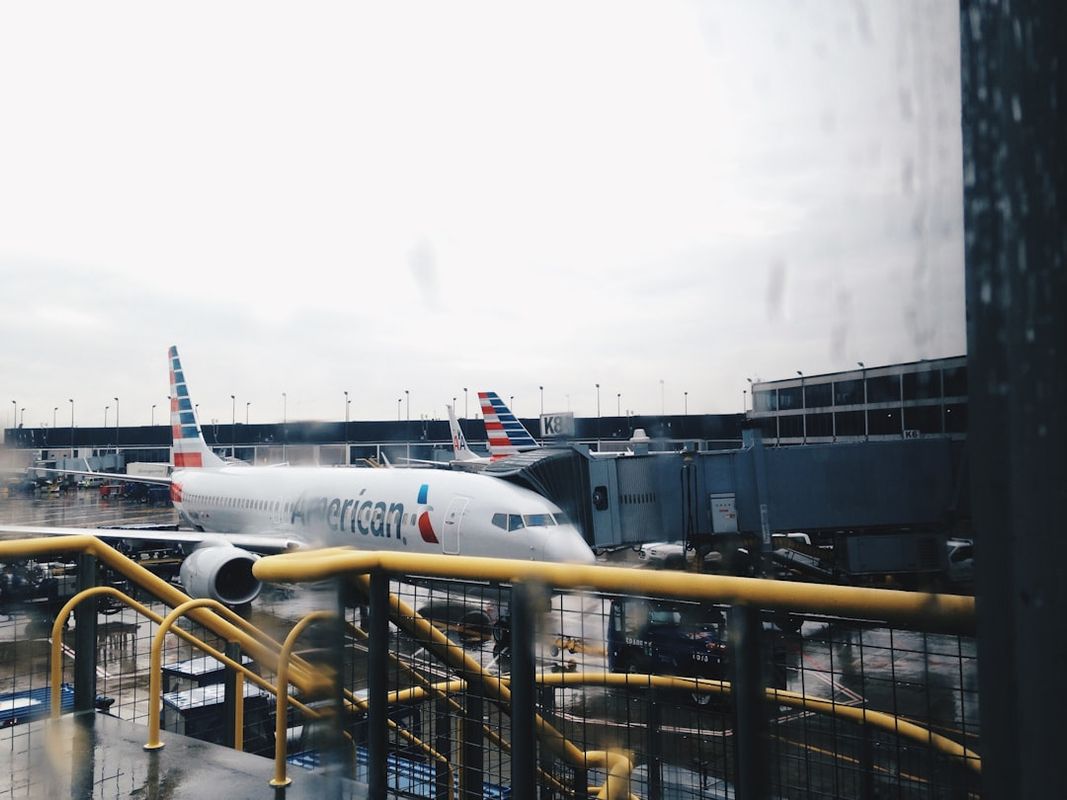(MILWAUKEE, WISCONSIN) A Milwaukee-to-Dallas American Airlines flight in September ended with a male Canadian passenger restrained with duct tape after he tried to open a cabin door and assaulted a flight attendant, according to officials familiar with the case. Fellow travelers stepped in, and a crew member supplied duct tape to bind the man’s wrists and ankles. He was held face-down until landing, when airport police and the FBI detained him for a medical evaluation. As of September 18, no arrests had been announced, and the investigation remains open.
The assaulted flight attendant was hospitalized for wrist and neck injuries. American Airlines, deferring to law enforcement, restated that “the safety and security of our customers and team members is our top priority.”
Incident details and immediate response

- The September incident occurred on Flight 1915 from Milwaukee to Dallas.
- The passenger is reportedly from Canada 🇨🇦, and any criminal or administrative actions in the United States 🇺🇸 could carry future travel consequences.
- A crew member provided duct tape to bind the passenger’s wrists and ankles; fellow passengers assisted in holding him until the plane landed.
- Airport police and the FBI detained the passenger for a medical evaluation on landing.
- As of September 18, no arrests had been announced; the investigation remains open.
Important: The FAA and FBI routinely get involved in in-flight assaults or interference with crew, which generally fall under federal jurisdiction.
Broader context and related incidents
Earlier in 2025, Flight 134 from Los Angeles to London involved a business-class passenger upset about her seat assignment. She threw trash into nearby seats and the aisle and ignored repeated warnings. A flight attendant used duct tape to mark off her area. There was no report of assault and no criminal charges.
These two incidents—distinct in seriousness—have renewed debate about:
– How far crews can go to control in-flight threats when approved restraint tools are not at hand.
– The role of fellow passengers in intervening.
– When physical or visual restraint measures are appropriate.
Investigations and regulatory response
- The FAA is conducting a review of the Milwaukee-Dallas flight’s compliance with federal rules and airline procedures.
- The FBI and local police continue criminal inquiries.
- Regulators require airlines to notify the FAA within 24 hours of any event involving physical restraint to improve oversight and support civil-penalty referrals.
Key elements of current federal policy:
– The FAA advised carriers in late 2024 that duct tape should be used only as a last resort, and only when approved restraint devices (certified cuffs or straps) are unavailable or ineffective.
– Airlines strengthened training on conflict prevention and clarified when “reasonable force” is justified to protect the aircraft, crew, and passengers.
– The Department of Justice resumed a policy push beginning in 2024 to pursue charges against anyone who assaults crew or endangers a flight.
Industry measures and data-sharing
- Airlines launched a shared industry database in early 2025 to flag passengers banned for violent or dangerous behavior. It is not a government “no-fly list,” but it helps carriers keep people with known violent conduct off planes across multiple brands.
- Under newer reporting rules, the FAA can impose fines under federal law, separate from criminal cases handled by the FBI or local prosecutors.
- Congress is considering bills to increase penalties for assaulting flight crews and to study a national no-fly list for violent passengers, with hearings expected later this year.
What this means for passengers
- Any attempt to open a cabin door in flight, assault a crew member, or block safety procedures can trigger:
- Immediate restraint on board
- Removal by police at landing
- Civil fines and potential federal charges
- Even nonviolent behavior—such as throwing trash or refusing instructions—can lead to restraint if it threatens cabin control or safe operation.
- Being banned by one airline can affect travel on others because of the shared industry database.
What this means for crew
- Flight attendants are trained to prioritize calm communication, followed by targeted warnings, then, if necessary, use of restraint tools to stop a threat.
- Crews may use reasonable force, including restraints, when de-escalation fails and safety is at risk.
- All restraint uses must be documented and reported to the airline and the FAA within 24 hours.
- Flight attendant unions are calling for:
- Mandatory certified restraint kits on every aircraft
- Faster medical support for injured crew
- Stronger legal protections for attacked crew members
Expert perspectives and recommended long-term fixes
- Aviation security experts note that duct tape is not ideal: it can fail or cause skin injury. Nonetheless, it remains an emergency tool when seconds matter and certified devices aren’t immediately accessible.
- Experts recommend:
- Standard, durable certified restraint kits installed at predictable locations on every aircraft
- Refreshed crew drills using realistic scenarios
- Clear, transparent use-of-force guidelines and independent oversight
Passenger resources and hotlines
For authoritative federal guidance and reporting:
– FAA: https://www.faa.gov
– FAA Passenger Rights and Safety: 1-866-TELL-FAA (1-866-835-5322)
– FBI Tips (in-flight crimes): 1-800-CALL-FBI (1-800-225-5324)
– American Airlines Customer Relations: 1-800-433-7300
Takeaways and likely next steps
- These incidents show why last-resort restraints still matter when a person tries to breach a door or attacks crew, while lower-level measures can be used to contain disruptive behavior without force.
- Industry-wide changes under consideration include:
- Required certified restraint kits on all aircraft
- Standardized placement of kits and training
- Faster post-incident care for injured crew
- Stronger, shared consequences for violent conduct across carriers
- As FAA guidance is refined and Congress weighs new penalties, passengers should expect more consistent enforcement across airlines.
Final practical advice: follow crew instructions, respect fellow passengers, and report safety concerns. For the small number who ignore rules, the consequences are clear—on-board restraint, police at the gate, civil penalties, and potential long-term travel ramifications.












